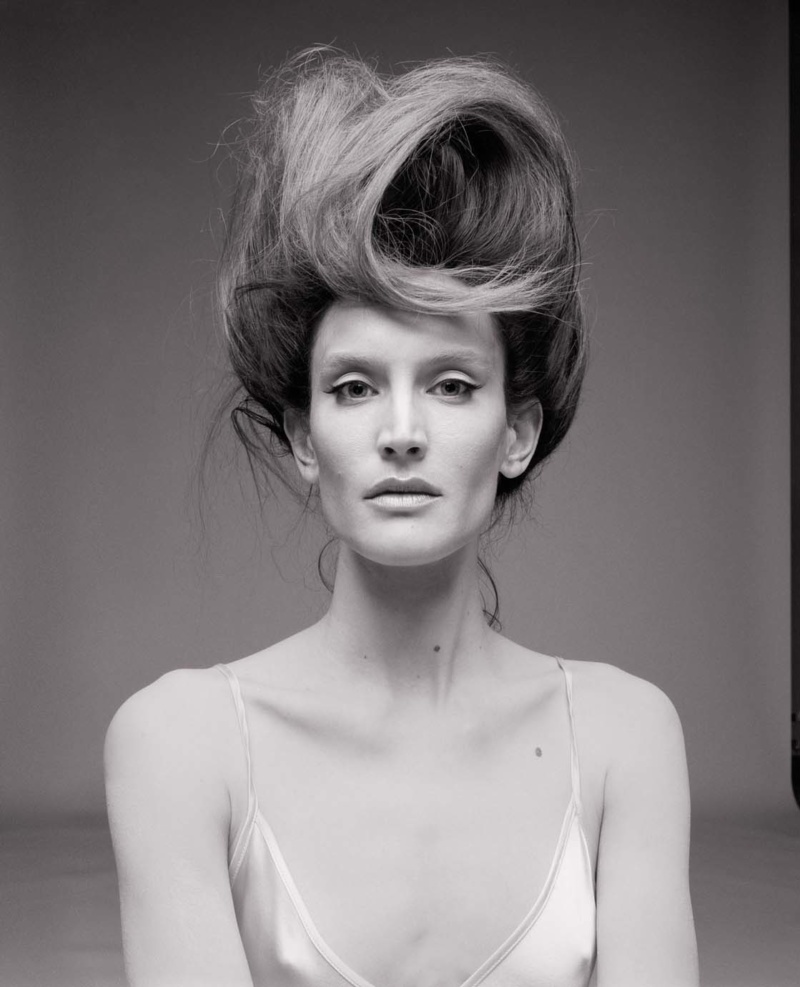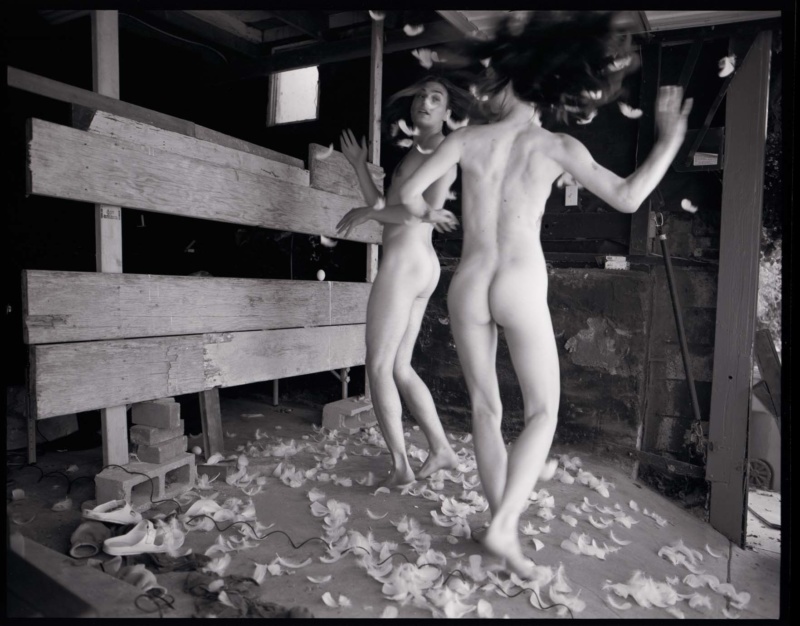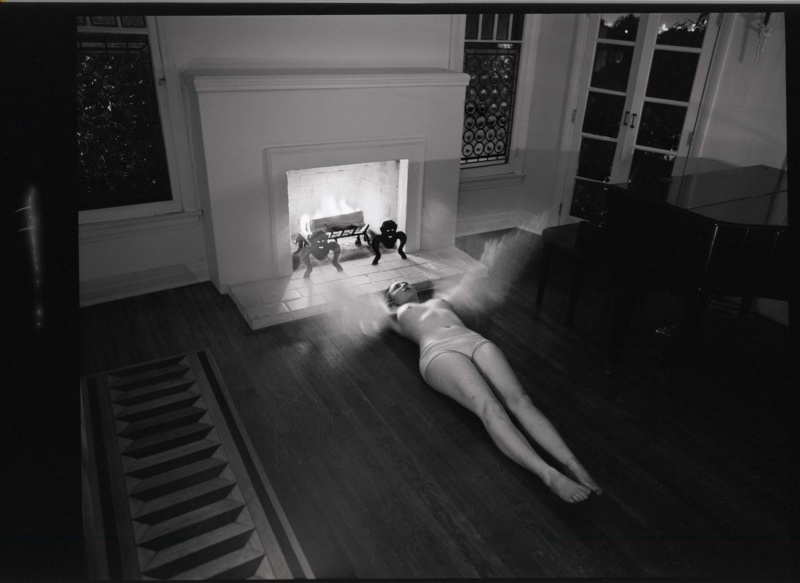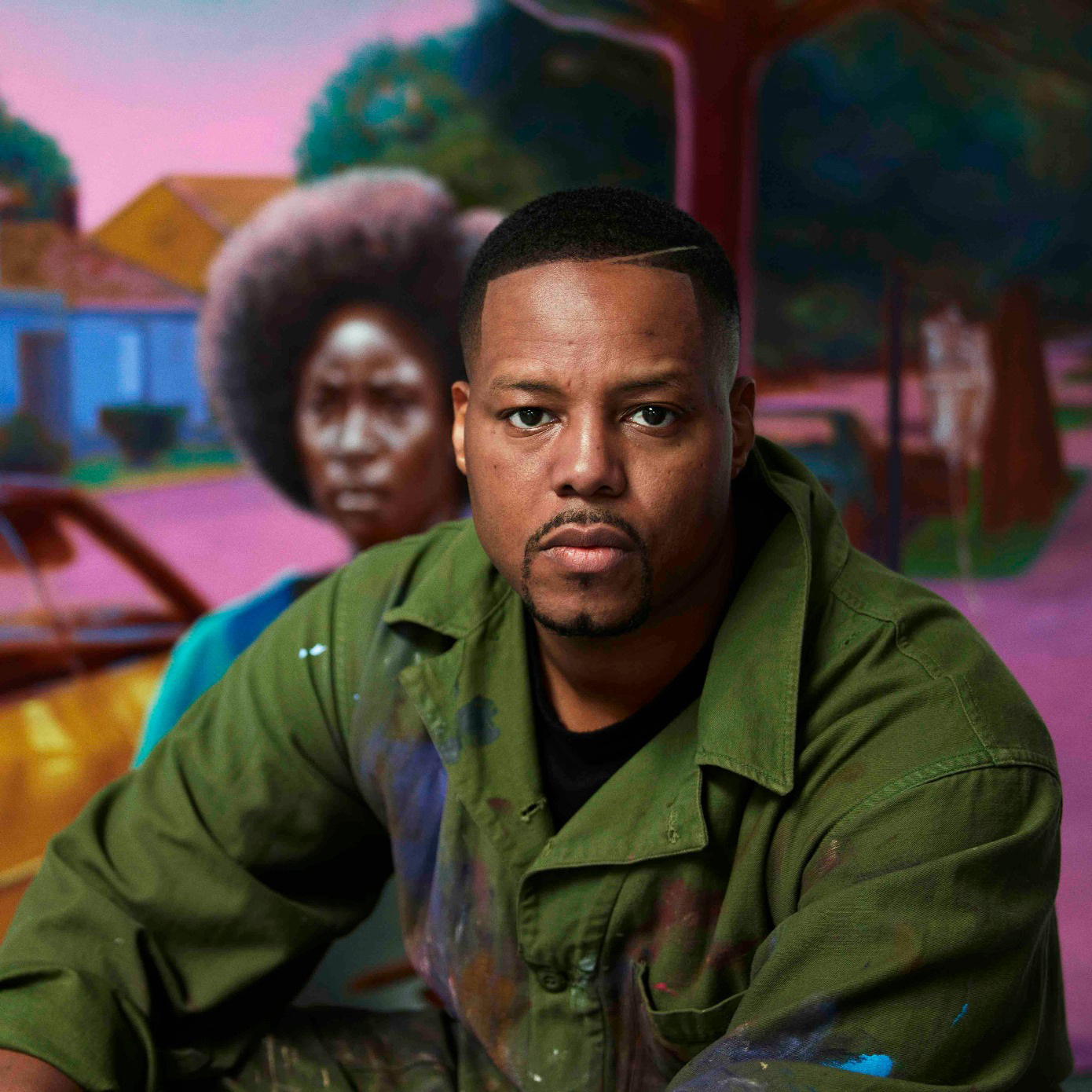
Many of the pictures Mike makes these days happen in a small garage on a dead-end road, leading up a steep hill. Often I’ve helped attach massive stretches of fabric across the open doorway which, as we shoot, catch the wind and swell like parachutes of light. Across from the garage lives Ruth De Nicola, who has been on this block longer than any of the other neighbors. We’ve made friends with her and on occasion we visit her little house flanked by old orange and lemon trees (their fruit are coveted by my aunt Jane for their “elevated biotics”). In the side yard, her collection of adopted and adorned carousel horses are but a few of the outdoor clues to the miraculous contents of the house. Upon entering, I perceive her home as a mini museum of her life’s work so far. She refers to her subject through line as “Things with Wings.”
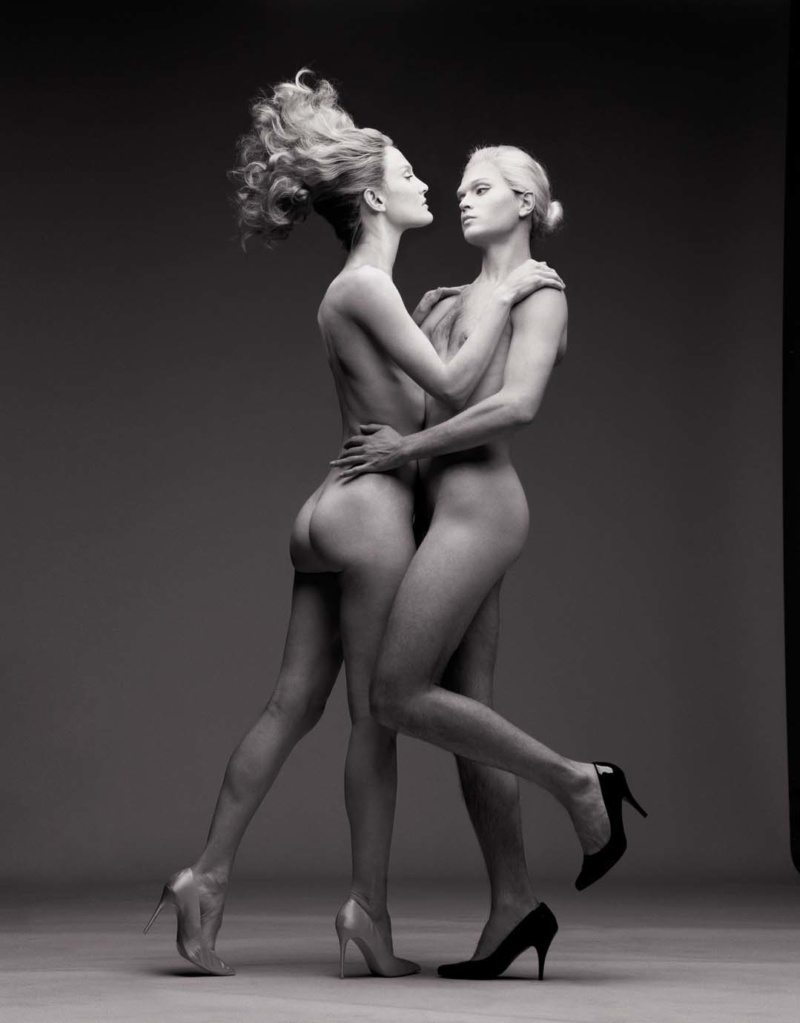
Three years ago: July in Tuscany. I’m sewing closed the hole in V’s purple butterfly net as she watches me closely through long, tangled lashes. She catches one and we run with it up the stairs to the guest room where my two friends and I are staying. We make a small tent from the bedsheet and watch the butterfly fly around, landing on each of us almost silently, sunshine pressing through the thin cotton.
A couple of weeks ago, I watch Caroline play her new album up on stage, a gateway pulsing behind her. She moves her hands in kind-of- mudras, singing; “blooming overhead/the parachute/I’ve got to trust it now.” I’m thinking about wearing a parachute as a way of having disembodied wings: to carry you, to care for you, to keep your motion soft and slow. But unlike what we imagine wings to do for us, the parachute inevitably sets you earthbound.
What does it mean to be home here on earth? This past December I was filming and living in a building known as the Stamp House, in a place colonially coined Cape Tribulation. The majority of the structure, aside from the bedrooms, is completely open to the elements from almost all sides. As I stayed, I became intimate with the many small birds who also make a home there, watching their evening dance upon the water, their morning preening along the glass railing, their shit polka-dotting every surface slowly over time. When my hair was still long, after brushing it I always took the hairs that got caught in the brush and put them outside, having read that discarded hair was an ideal material for birds to build their nests. There was something comforting about extending my body to be the home for non-human beings. Slowly, I am trying to extend my body as a kind of home to myself, perhaps also non-human.
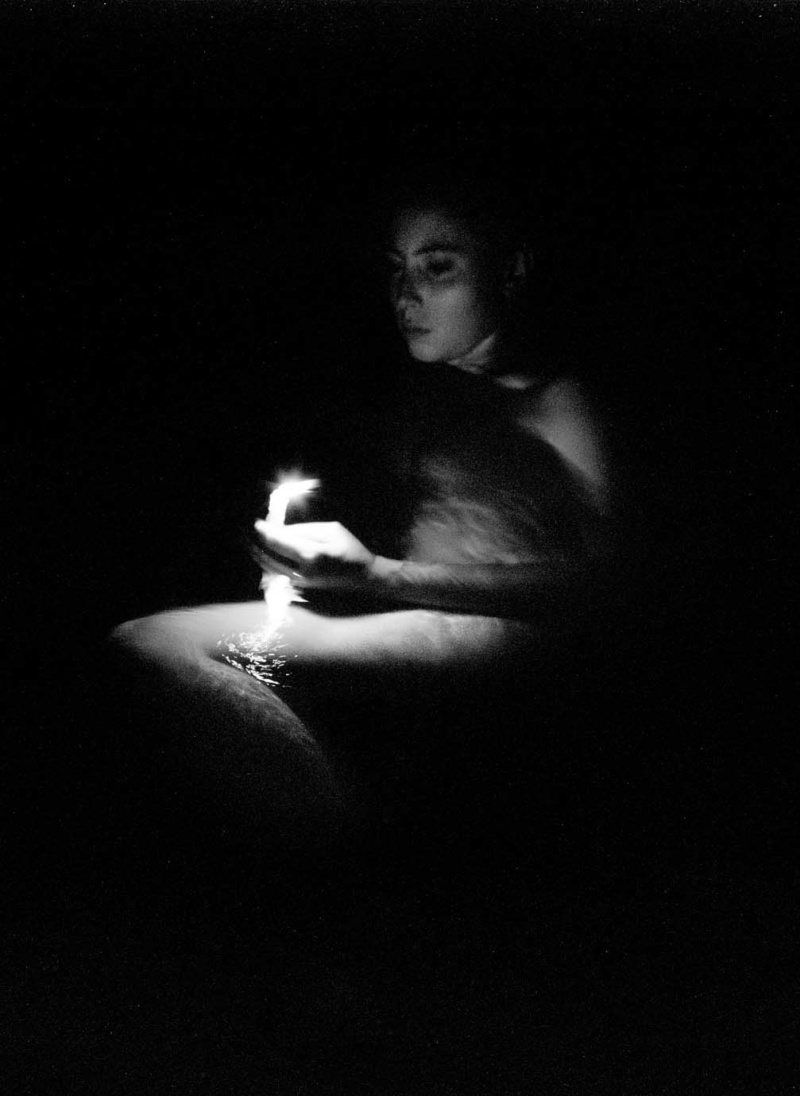
My dad asks me, “What pronouns do you use if you don’t identify as human?” “Whatever fucking pronouns you want,” I guess.
Hayden tells me about a support group they found for non-humans: “Inside the room, I saw this light take on different shapes inside each of us. We were all gathered to find out how to stay here. We all had a reason to be called down, to be held into these different shapes. I listened. They all looked human on the outside but there was something different about each one. I recognized them, and felt so relieved to be reminded of this family. A lot of us look like humans. It took longer to learn how to recognize us visually than it did to see us. Coming into this form and being held here by a body is not easy for us. But we all have work to do in this realm, in these forms, which we inevitably transform to pass through. What does it mean to pass as human?”
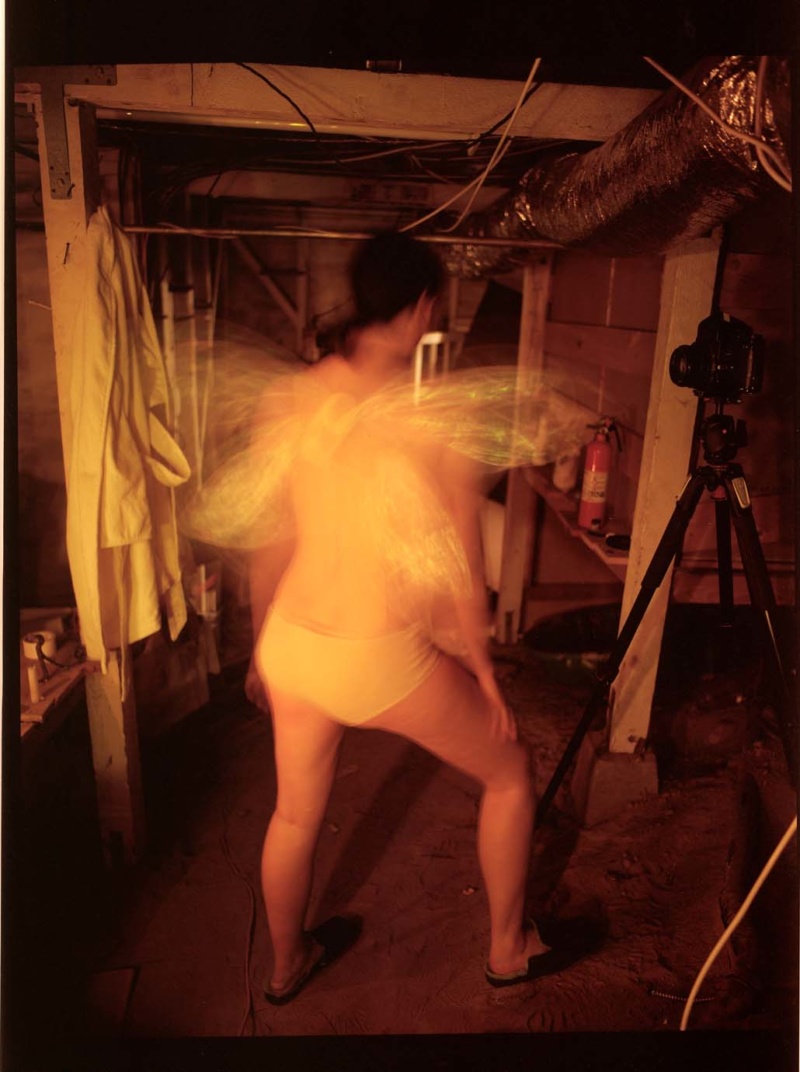
The body as a passageway. In a reading last fall, I learned I am a threshold. I was advised to deepen my listening: “Messages will come through what others perceive as static. They won’t receive what you receive because they are looking for something in particular.”
“They come in shapes of light. Leaking into rooms, with a force. Seeping under doors in hospital wings. There is no form but a feeling. That something else could come through. A stream in. A line inward. A direct path like veins carrying blood to a heart.”
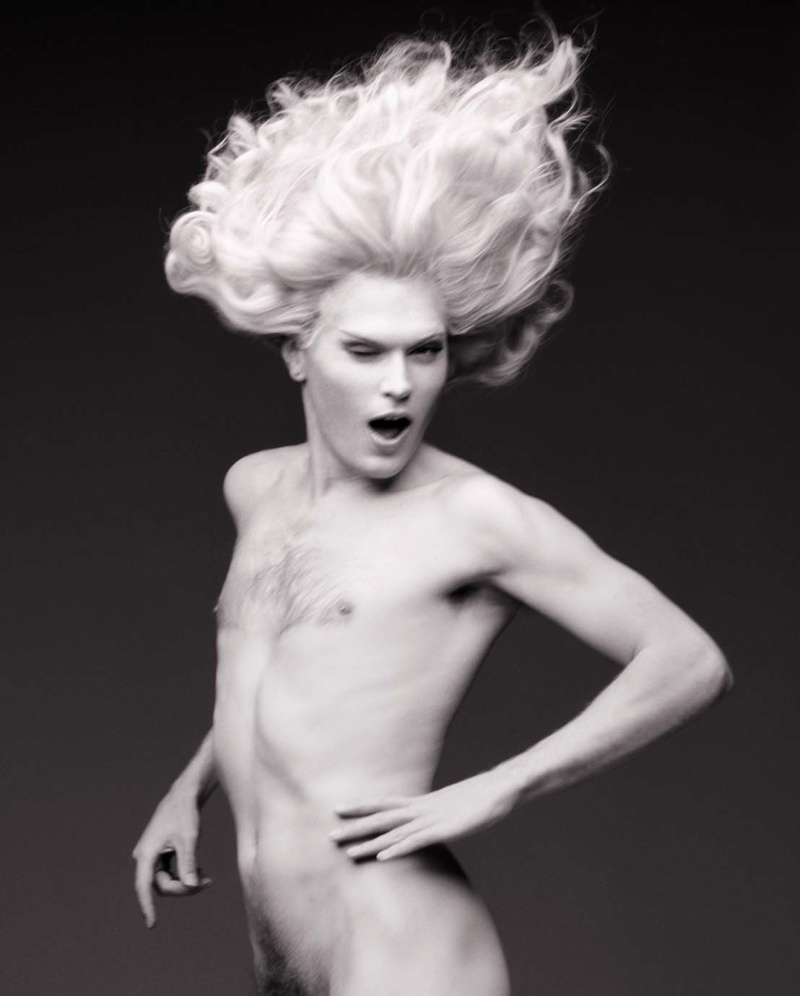
Before my Ama MJ passed last year, my aunt Jane was her primary caretaker. A nanny- cam was set up to watch over my Ama as she slept each night. Sometimes Jane would send me notable recordings. In the footage, my aunt tucks her in and kisses her forehead before turning off the light. When she does, other light sources emerge that are only perceived by the nanny-cam. Sparks of light, about the size of Tinker Bell, emerge and swirl around the frame, often circling around MJ’s resting head.
When Ruth was in second grade, the school nurse made a concerned house call after repeated reports that she had been going around telling everyone, “I’m on the wrong planet.” The nurse reported, “Something is wrong with this child. She is morose, she bites her nails, she seems disturbed”—after which Ruth was banned from watching all of her favorite sci-fi shows. Wistfully recalling the time, she concludes that at least she was still allowed Tinker Bell: “I still had Tink!”
(Tinker Bell operates within a logic of magic wherein the belief in a being is what makes them “real.”)
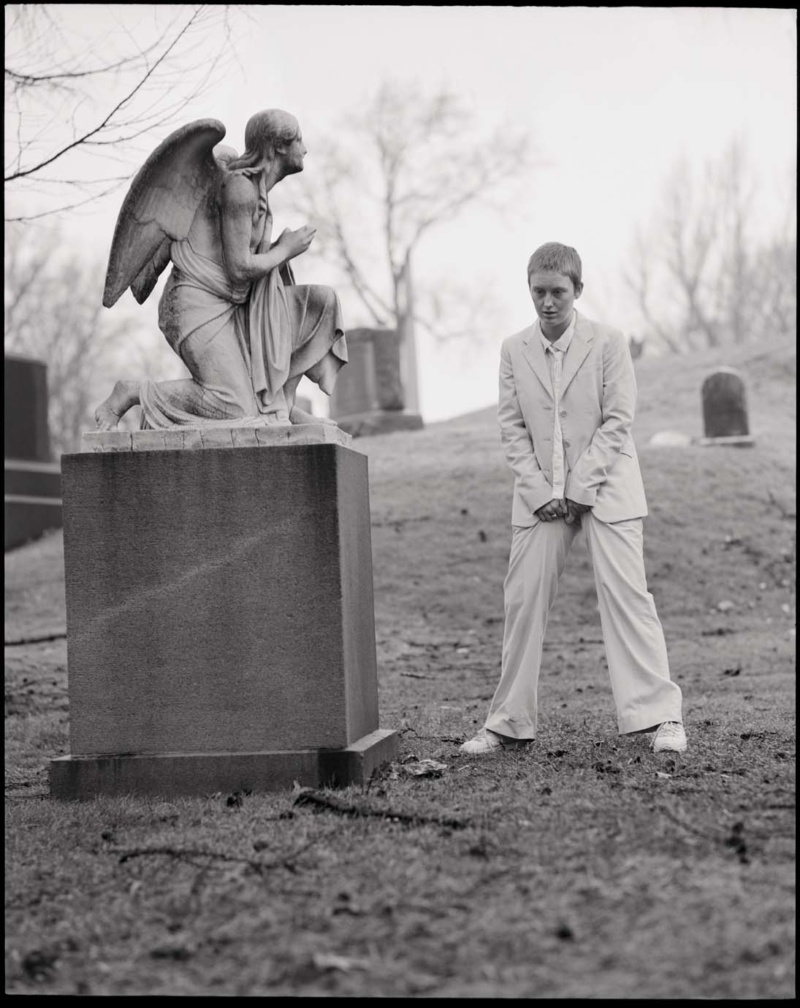
In 2012, a fifteen-year-old girl was kicked out of Disney World for dressing “too accurately” like Tinker Bell. In a video, she describes, while holding back tears, how she woke up at 4am to get ready. “My makeup took two hours, and my hair took another hour, then I had to spray my whole body in glitter and paint my nails.” She had been working on the homemade costume for months. The experience, she shared, “ruined my dream and broke my heart. I just wanted to be Tinker Bell.”
In The Velveteen Rabbit, one becomes real— according to nursery room magic—when one is loved. “Real isn’t how you are made,” says The Skin Horse. “It’s a thing that happens to you.” The Velveteen Rabbit asks, “Does it hurt?”
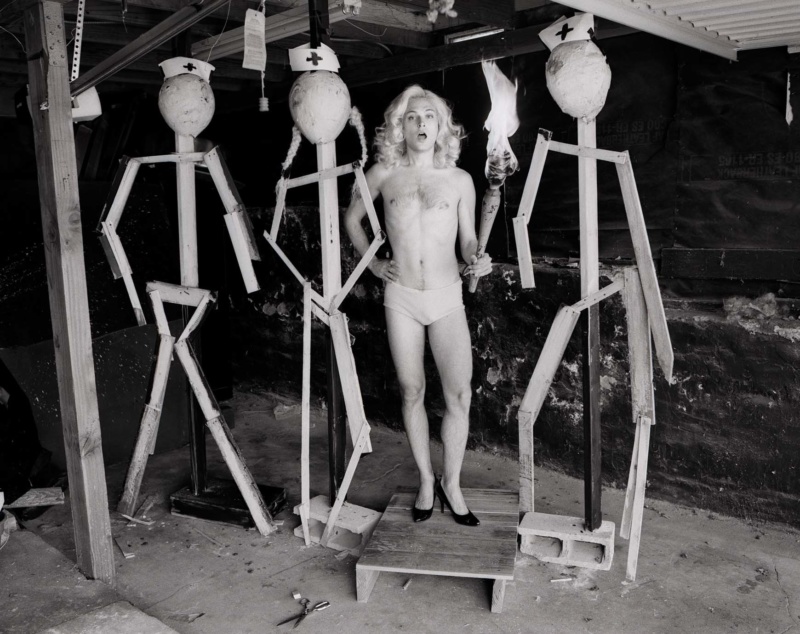
Maybe a year ago, on the F train—when it goes above ground and the buildings are shorter so the sunset stretches pink into yellow and pours color through everything—I’m sitting with Mountain discussing different ways to articulate the particularities of our trans experiences. They say that perhaps the best way to describe their experience is that they are “gender agnostic.” This resonates and keeps echoing through me.
I picked up a pocket-sized book at a cathedral gift shop a few years ago, The Little Flowers of St. Clare, which retells the tales of her path to sainthood. Although within a Catholic understanding of morality, I am certainly on my way to hell, I find great and perverse pleasure in reading certain Catholic texts through a BDSM lens. In 13th-century Assisi, nearly all houses were built with two doors, the smaller of which was called the Door of the Dead and “opened only to allow the dead to be brought out, feet first, from the house; those who came out this way never returned.” “You will have to know how to die” is the first thing St. Francis says upon meeting young Clare, prodding at her capacity to submit to the path ahead. Shortly after, when Clare runs away from home to join him in the forest, she leaves her home through the Door of the Dead. Not only is this choice of departure a gesture toward her commitment, but it is also a symbolic death, marking the end of her previous life. Her family grieves as if she really has died in the mortal sense. In the forest, head freshly sheared, she is “stolen from the world and made a hostage of heaven.”
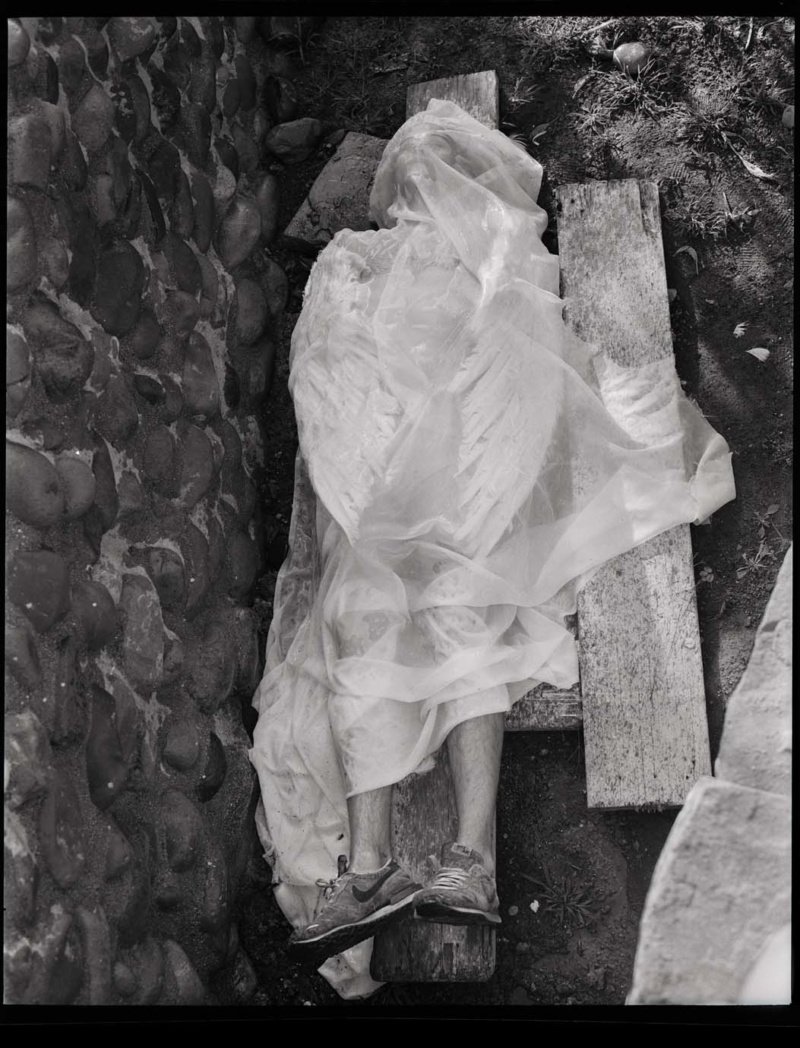
Often people use the language of grief in relation to my transness, as well as the transness of others I know. There are parts of me only some folks can see or summon. There is this pervasive desire to be seen without feeling looked at. Feeling a body between realms, perhaps your own, perhaps someone else’s, perhaps the shape between the two as a new form altogether. I think about the “pandrogyne,” a project and theory developed in the early ‘90s by artists and lovers Genesis Breyer P-Orridge and Lady Jaye wherein the two of them transitioned together into a new, unified being. I think about the not-yet-articulated continuations of that project by others beyond, wrestling through the leakiness of corporeal individuation and the inherent queerness of that leaking. The echoes waiting to be seen in the fullness of their greater picture.
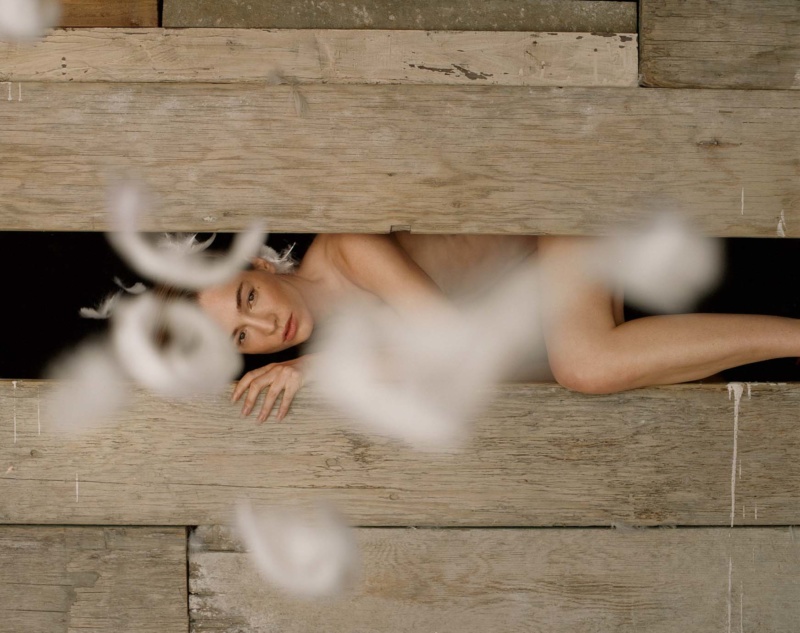
Back in Ruth’s house, she shows us a framed assemblage whose central material is delicate glass doll eyes arranged in a cluster. She tells us that after making the piece, she learned that the small children who worked in the factory producing this particular type of doll eye all went blind from the chemicals they used.
About three years ago, Hayden lost their sight for a period of time following a procedure that had some complications, affecting their eyes in a “non-linear way.” I remember speaking to them on the phone hours after the surgery, their voice low and calm, but: “I think something went wrong.”
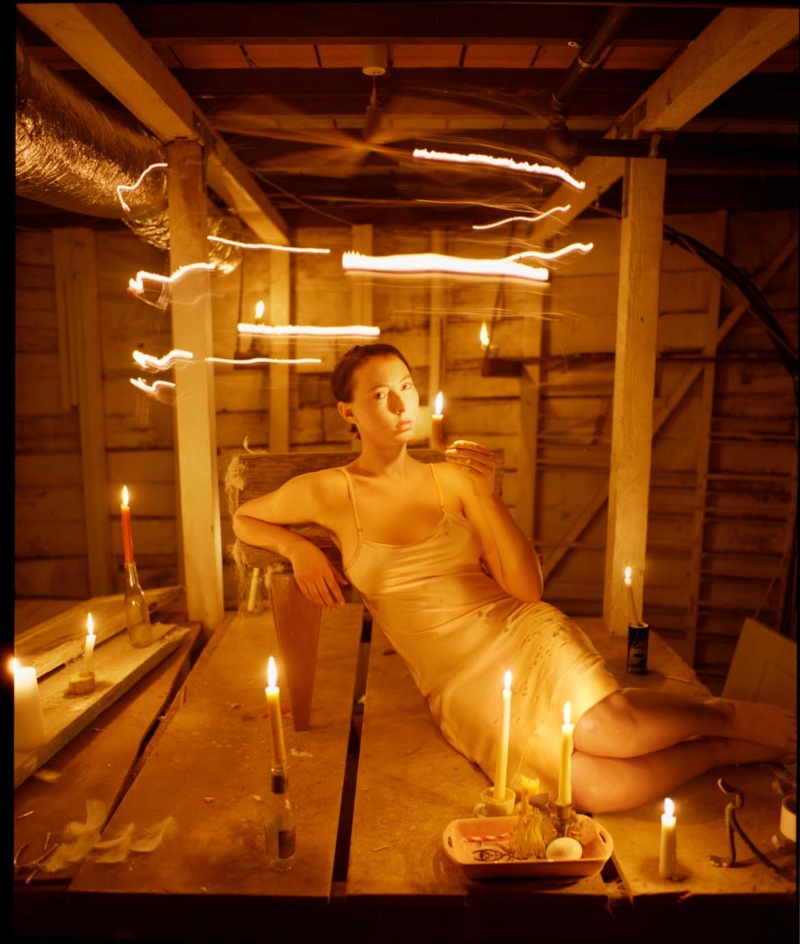
In early appearances across a range of religious texts, a primary identifying trait of an angel was their eyes—there being many, on all sides, sometimes described as covering their entire form. Their perceptual capacity was seemingly essential to their being and relational function. Always watching over, astral beings, aliens to this realm but always taking care, somehow.
In some of Ruth’s work she adds text to the multilayers, painted in, collaged or just scrawled in black sharpie. A phrase most repeated; LOOK UNTIL YOU SEE.
